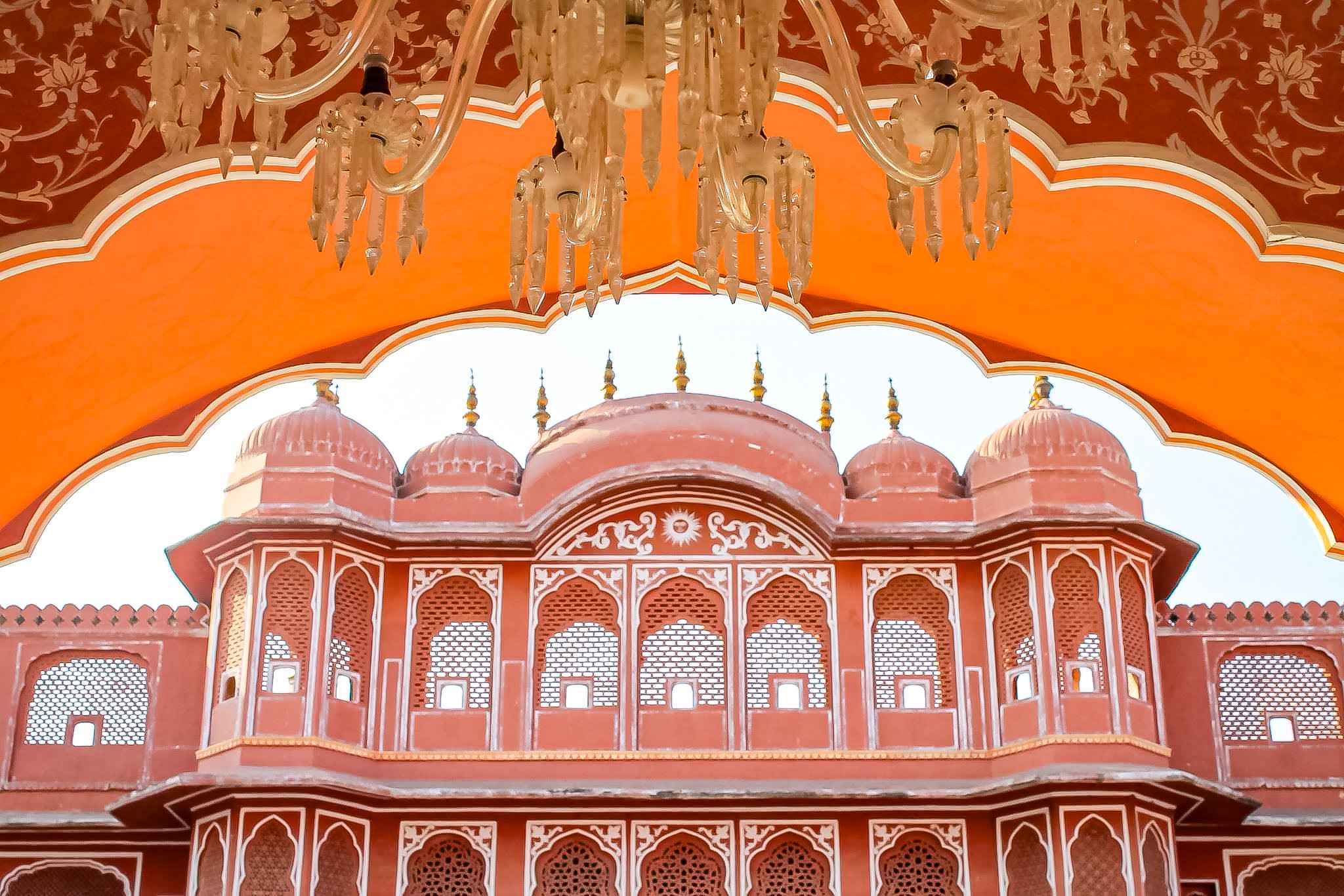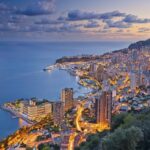Best Places to Visit in Jaipur with Family :
The Pink City of India evokes a labyrinth of exuberance and bustle where a few colorful places stand out that cannot be missed on your roadmap.
Chromatic trips understand as many brushstrokes as destinations around the world: from the eternal blue of towns like Chaouen, in Morocco; to the yellow of the colonial streets of Cartagena de Indias or the multi-colored palette of Cuban Trinidad. However, when we talk about the color pink, all eyes point to Jaipur, queen of the state of Rajasthan and one of those unmissable visits during any route through India.
Considered one of the first planned cities in the world by order of Maharajá Jai Singh in 1727, Jaipur has an urban center based on the vastu shastra, a Hindu philosophy related to architecture, so it represents a perfect grid that encompasses the main monuments of interest, all of them with the pink color of their facades as a common thread.

The origin of this chromatic motif can be found in two theories: the initiative to paint all the buildings in this colour as a symbol of hospitality during the visit of the Prince of Wales and Queen Elizabeth in 1876; and the use of red sandstone from nearby quarries.
In any case, the pink spell of Jaipur does not escape a city full of lavish bazaars, palaces worthy of the Arabian Nights and various micro-universes of temples, orange flowers and wandering cows among which these colourful and fascinating places stand out:
Patrika Gate
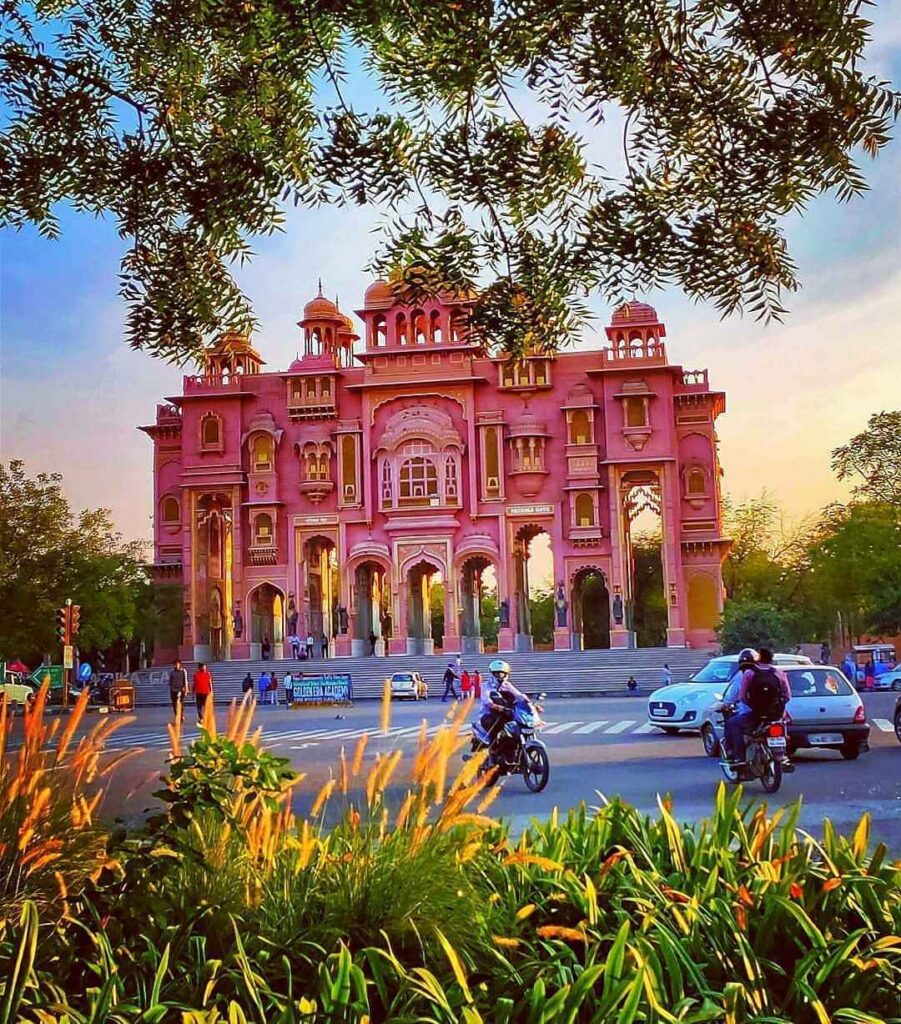
This icon is not an ancient monument, nor is it located in the centre, but it is still a unique mirage. Located in Jawahar Circle, one of the largest circular parks in Asia and just 1.5 kilometres from Jaipur airport.
Patrika Gate is a vertical fantasy in the form of a huge portico with 9 arches painted in different designs like narrative frescoes that extol the history and tradition of Rajasthan. A display of local symbolism that invites you to get carried away by the colours without having to pay an entrance fee.
Hawa Mahal
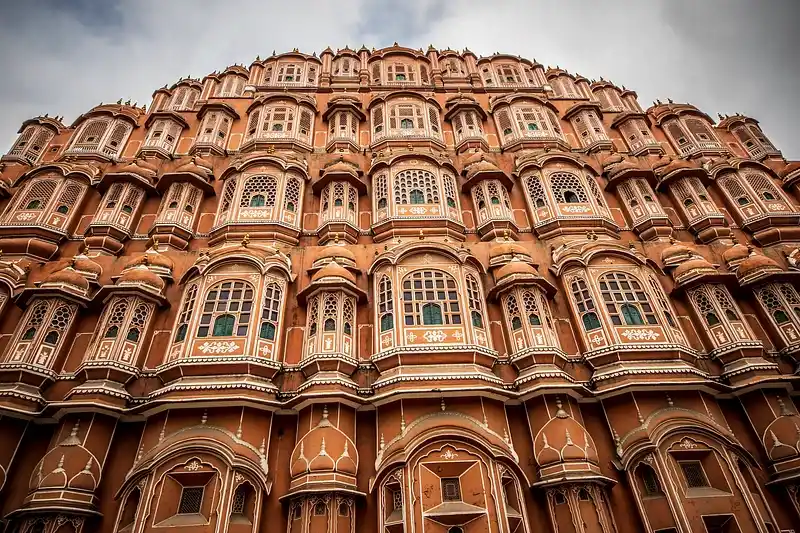
Jaipur’s most popular monument is also one of the most colourful and is located in the heart of the city. This ‘Palace of the Winds’ was built in 1799 as the harem of the Maharaja Sawai Pratap, and its name comes from the air that filtered through the 953 small windows that allowed women to look outside without being seen.
Of course, the colour pink floods everything here, in addition to the multicoloured patterns of the windows that make up this emblem that offers unbeatable panoramic views from the terrace of the Tattoo Cafe & Lounge, located just opposite.
City Palace
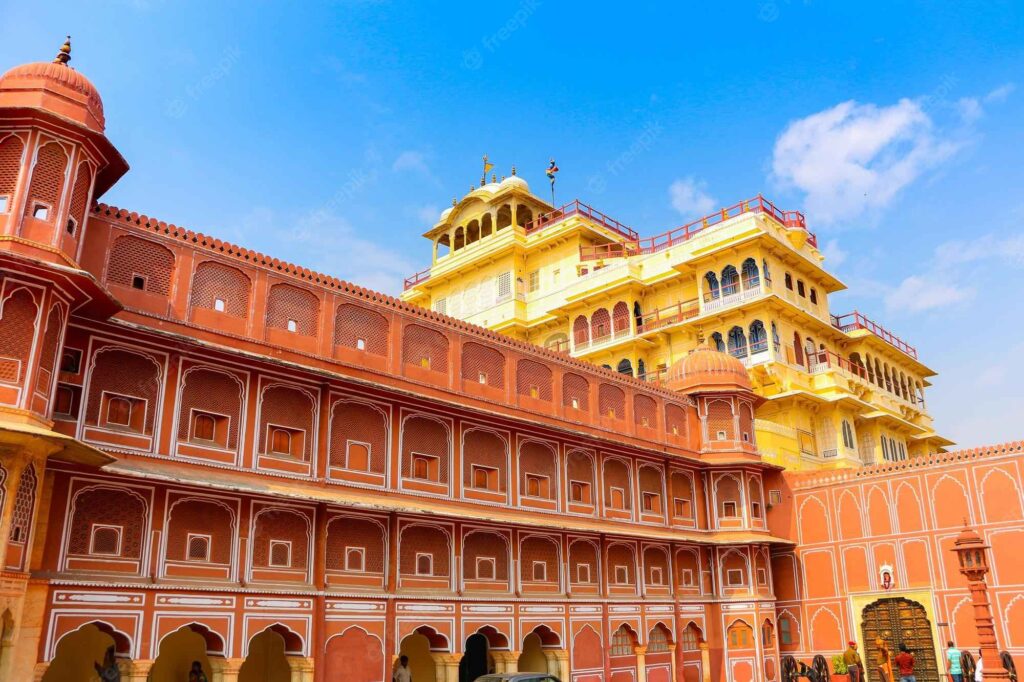
Another of the most popular places in Jaipur is its City Palace, a few metres from the aforementioned Hawa Mahal. The cornerstone of Jai Singh II’s conception of the historic centre, this palace of minimal charm is divided into rooms such as the blue Sukh Niwas or the glitter of precious stones embedded in Maharani Palace, or the Palace of Women.
Also Read : Your Guide to Dubai in December: Weather, Events, and Must-See Attractions
However, when it comes to colour, the best feasts are found in the four porticos of the palace: the Peacock Gate (northeast), Lotus Gate (summer colours), Rose Gate (or Winter Gate) and the Leheriya Gate (spring green). Also not to be missed is a visit to the former Maharaja’s astronomical park, Jantar Mantar, in yellow and pink colours.
Samode Palace
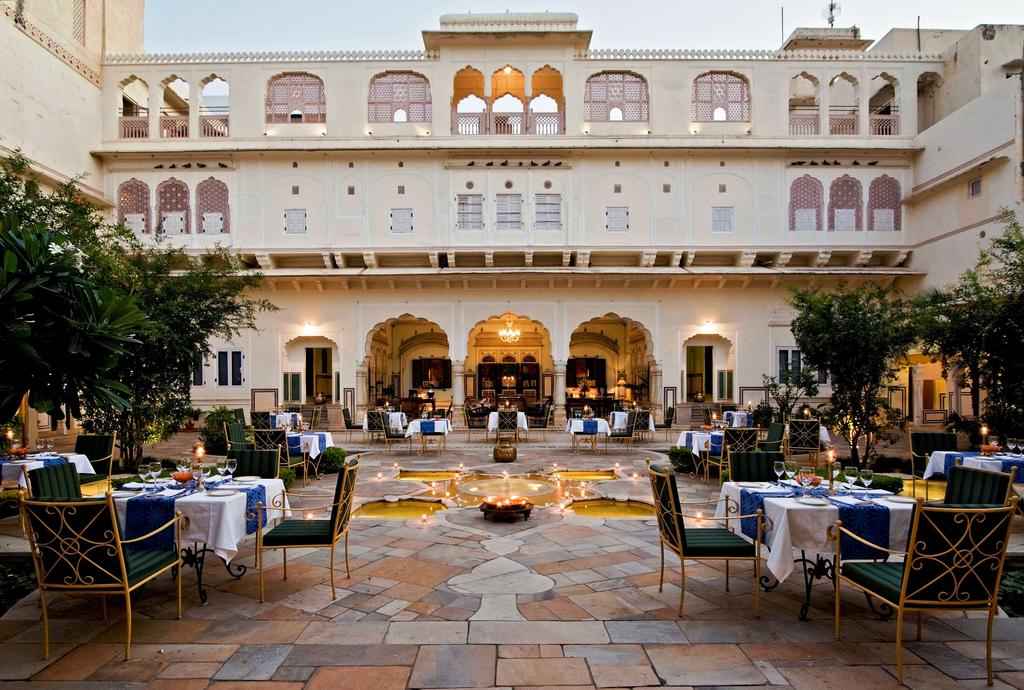
In addition to the monuments in its historic centre, Jaipur also has several must-sees in its surroundings. Among them, we highlight the Samode Palace, located 40 km north of the city and conceived in the 16th century as a fortress for former Rajasthani landowners until it became a palace of exquisite Mughal and Muslim design.
Today, Samode is a complex of three buildings whose interior is a dance between colours such as pink, the yellow of the Hall of Mirrors or the blue that envelops everything in the iconic Blue Room.
Amer Fort
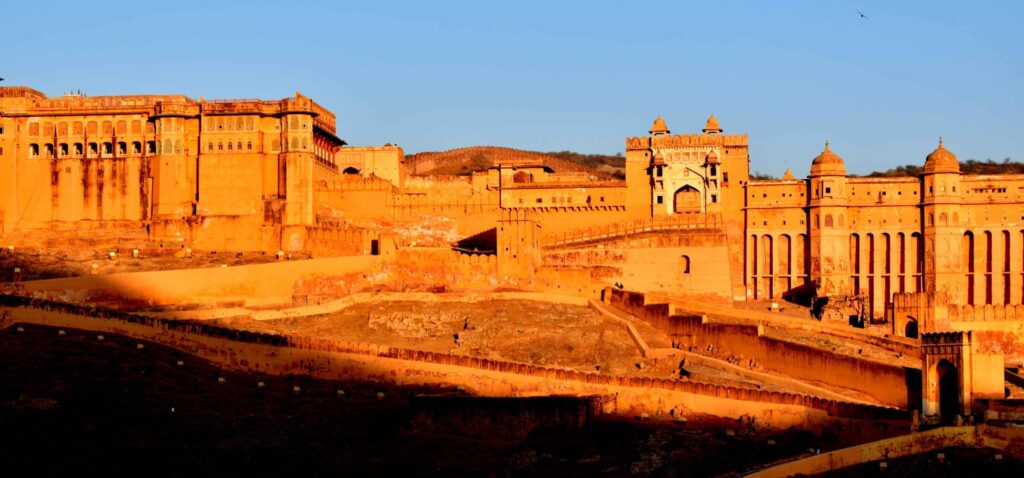
Another of the monumental complexes located on the outskirts of Jaipur (11 km) is the Amber Fort, an ancient fortress in the Aravalli Mountains where its mirrors hypnotize, and the marble and sandstone evoke a unique mural of colours.
In addition, the spaciousness of its terraces takes us back to a 16th century of royal ceremonies and enviable views of a valley where the city of Jaipur had not yet revealed all its charms to the world.
